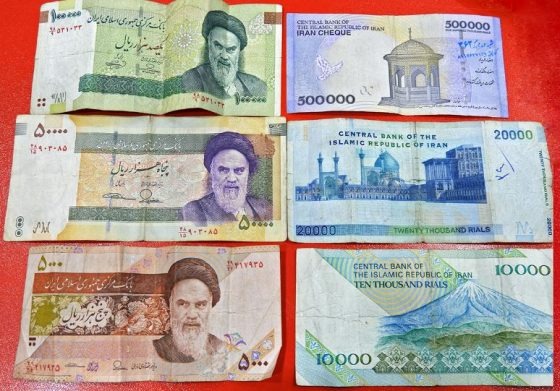Imagine exchanging just ₹1,000 and getting back nearly 5 lakh in cash. That’s not a fantasy, it’s reality in Iran, where the Iranian rial (IRR) has collapsed under years of sanctions and economic turmoil.
Why the Rial Collapsed
Iran’s economy has been battered for decades by sanctions, political isolation, and mismanagement. The result is one of the weakest currencies on the planet. A single rupee stretches shockingly far on paper, but the buying power tells another story.

Big Numbers, Small Value
Becoming a “lakhpati” in Iran doesn’t mean you can live like a king. Prices in the country are adjusted to match the weak rial. That means while the notes in your hand look huge, the goods you can buy aren’t cheap in real terms. A cup of tea, groceries, or rent are all priced in lakhs—so your spending power remains modest.
The Business Angle
For entrepreneurs, though, weak currencies can open doors. Goods sourced cheaply abroad can be imported into India at competitive rates, sometimes leaving room for big margins. But the catch is real: sanctions, legal hurdles, and economic volatility can turn a smart idea into a costly gamble overnight.
A Mirror of Stability
At the end of the day, currency values are more than just numbers. They reflect the strength, or weakness, of a nation’s economy. For Indians, the rupee might feel strong against the rial, but the bigger picture is a reminder of how fragile money can be when stability disappears.
